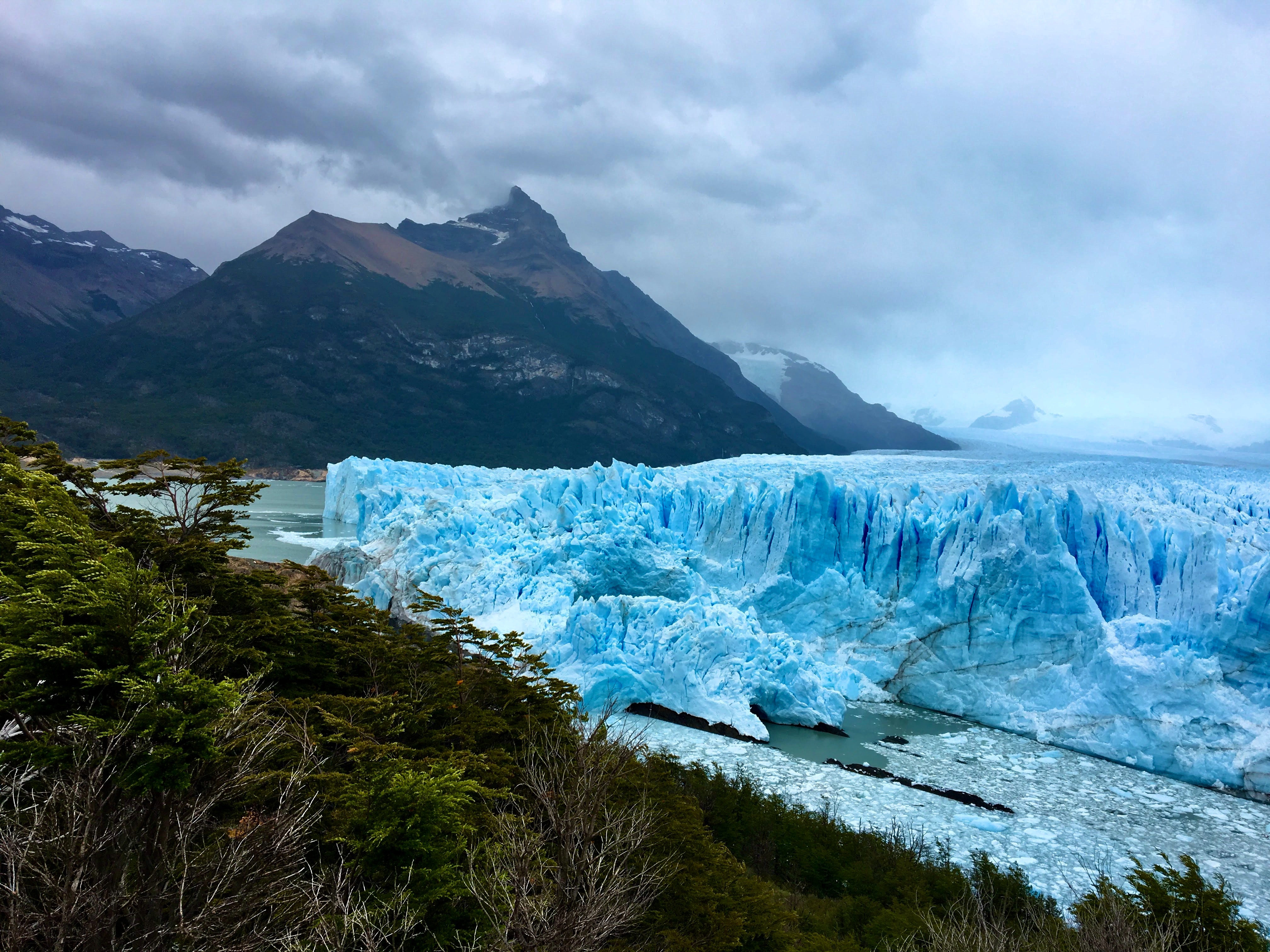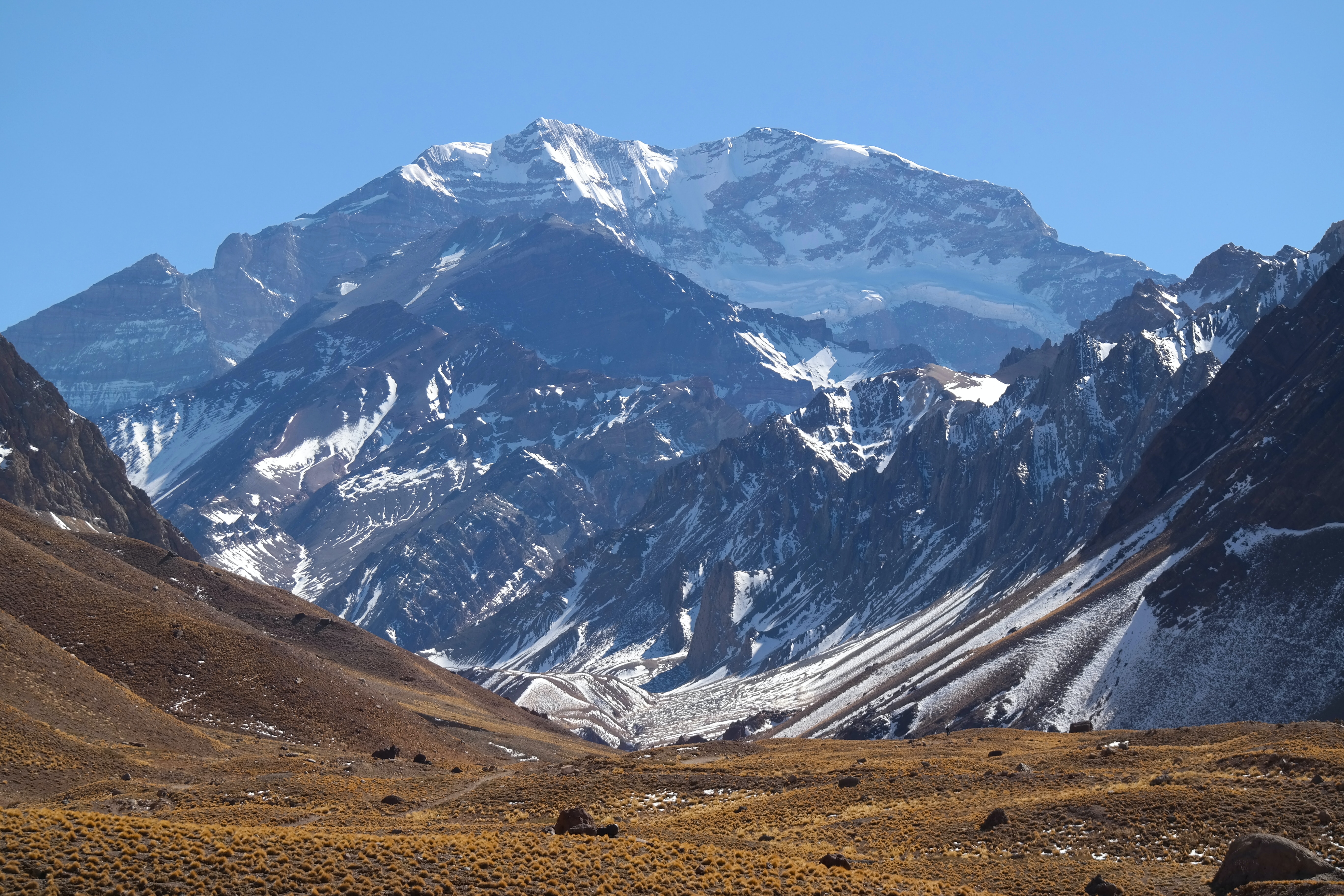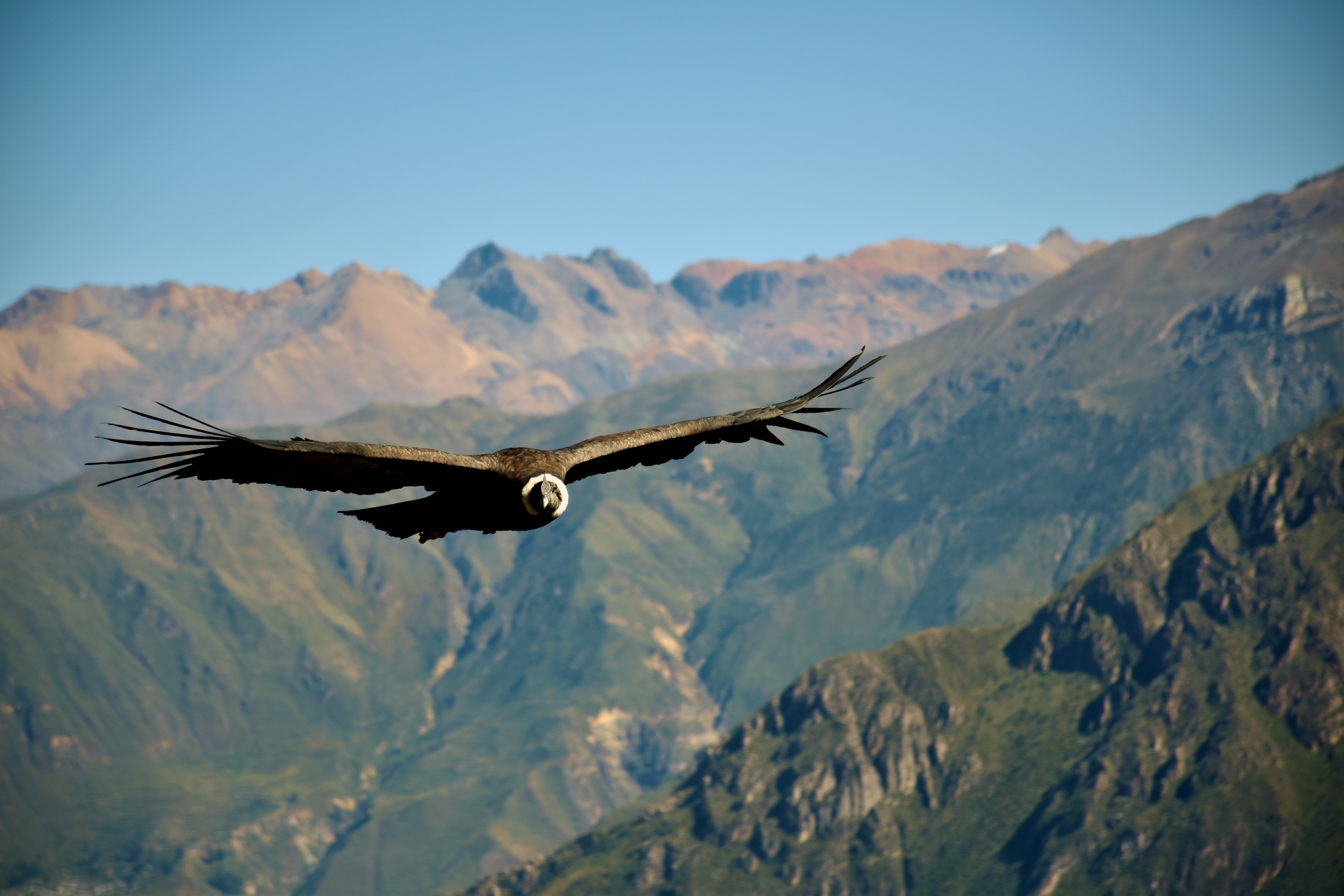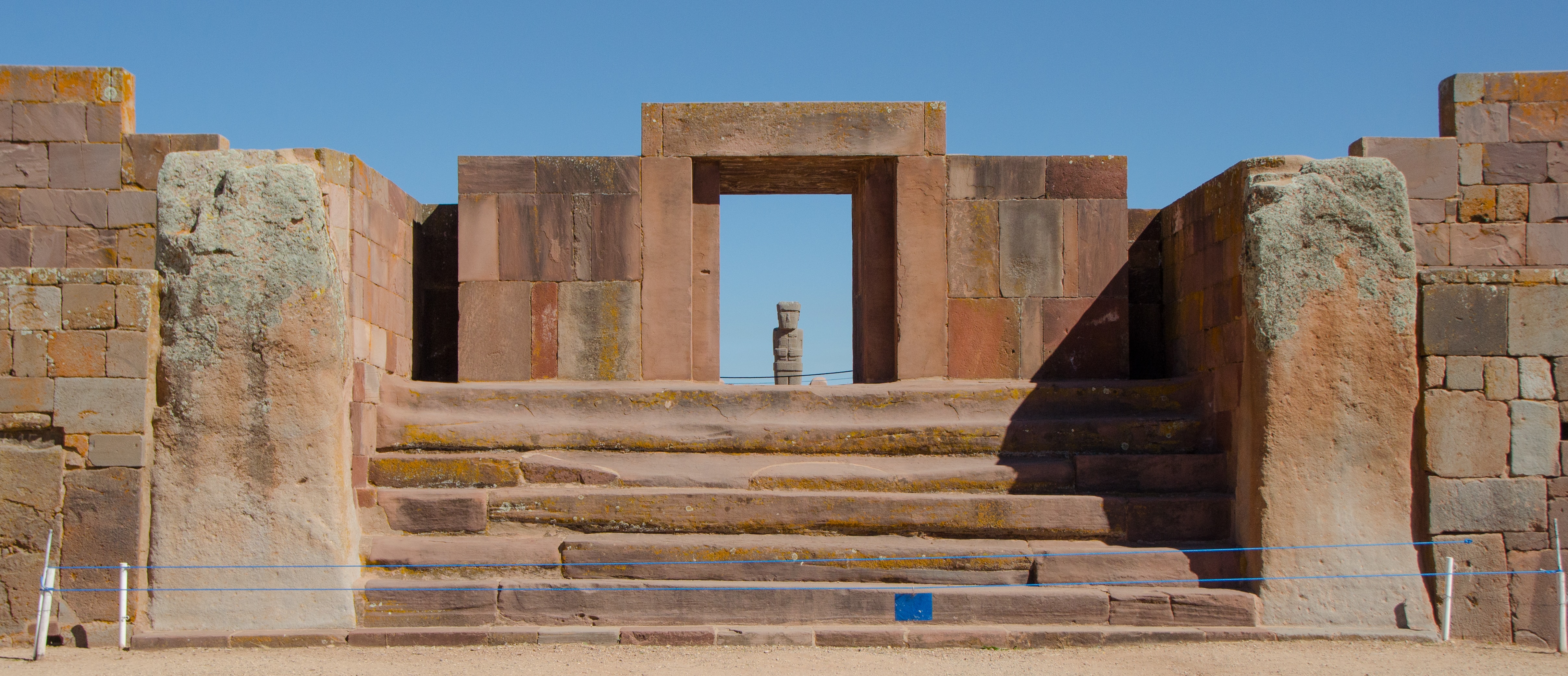Latin America is a naturally heterogeneous space: mountains, plains, plateaus, jungles, forests, and deserts, like a simple brushstroke, make up a territory whose vastness is magnificent.
The Andes Mountain range extends over the western coast of South America for more than 7,000 kilometers. It spans 7 countries: Argentina, Chile, Bolivia, Perú, Ecuador, Colombia, and part of Venezuela, making it the longest on Earth. The origin of the name Andes has been a reason for debate among historians. Some believe it comes from the Quechuan word anti (“east”), while others suggest it derives from anta, which means copper in Quechuan. However, the name likely comes from the Aymara language, where anta denotes the copper color.
This mountain range houses, in its central sector, the second largest plateau on the planet. With average altitudes of 4,000 meters (13,000 ft), it is formed by the highest volcanoes on Earth and the tallest mountains in the Western hemisphere. Among them, the Aconcagua Peak, located in Mendoza, Argentina, stands out as the highest point, with an altitude of 6,960 meters (22,800 ft).

Varied Types of Soil
Altitude profoundly impacts the complex interplay between climate, topography, and biology that determines the types and conditions of Andean soils, which are also relatively young and highly susceptible to erosion by water and wind.
The soil north of the Atacama Desert is heavily eroded. It lacks moisture and organic material but is high in mineral salts and extends northward along the Cordillera Occidental to the north of Peru. The soils on the plateau and eastern side of the cordilleras, from Bolivia to Colombia, display altitude-related characteristics. In the Andean paramo, embryonic soils rich in organic matter are prevalent. On moderate slopes and basin floors, red, brown, and chernozem soils are found at altitudes between 1,800 and 3,600 meters (6,000 and 12,000 ft).

Climatic Conditions and Geographic Zones
The temperature generally increases as one moves northward from Tierra del Fuego to the Equator. Still, various factors such as altitude, proximity to the sea, the cold Peru (Humboldt) Current, rainfall, and topographic barriers to the wind create a wide range of climatic conditions. The external slopes of the cordilleras (i.e., those facing the Pacific or the Amazon basin) experience considerably different climatic conditions compared to the internal slopes, as they are influenced by either the ocean or the Amazon basin.
Glaciers and strong winds have caused significant areas to be eroded in the Fuegian and southern Patagonian Andes. The snow-capped peaks tower over the forests that cover the mountain slopes, the immense glacial lakes, and the continental ice base. Also, their deep, cool, and fertile valleys contrast with the cold peaks.
Further north, we can distinguish three different geographic structures:
1-The Puna: characterized by its extreme aridity, high altitude (almost 4,000 meters - 13,000 ft. - despite its subtropical latitude), and poor soils. These factors make it an inhospitable area where humans struggle to subsist, for instance, in Tres Cruces and La Quiaca.
2-The Gorges: including the narrow and deep Quebrada de Humahuaca, limited by high mountain ranges of almost parallel course, as well as adjacent gorges with thick layers of debris covering their bottoms. Precipitation does not exceed 200mm in winter. People in this area also make significant efforts to survive.
3-The Valleys: the intermediate valleys between the Puna's edge and the Sub- Andean Mountain ranges are areas of permanent human settlement. A perfect example is Jujuy, 1,259 meters (4,131 ft) above sea level. The rivers that originate from the edge of the Puna construct substantial alluvial deposits, which, given the climatic conditions, allow for tropical crops. For instance, in this area, we find San Francisco Valley, one of the most important sites for growing sugar cane.

Vegetation and Fauna
The Andes exhibit varying plant and animal life levels depending on the altitude. Still, the presence of plant communities is also influenced by climate, soil, and moisture levels. At the same time, the availability of food sources plays a key role in animal life. Ultimately, the permanent snow line serves as the upper boundary for habitation.
Above 4,000 meters (13,000 ft), cats are infrequently found, while white-tailed mice tend to reside no lower than 4,000 meters (13,000 ft) and can even thrive at altitudes of up to 5,000 (17,000 ft). Camelids such as the llama, guanaco, alpaca, and vicuña are primarily found on the Altiplano at elevations ranging from 3,400 to 3,900 meters (11,200 to 12,800 ft), though they can also thrive at lower elevations. The condor is believed to fly up to 4,800 meters (16,000 ft).
While low barometric pressures of high altitudes may not have a significant impact on vegetation, altitude can magnify several climatic factors, such as temperature, wind, radiation, and dryness, which play a crucial role in determining the types of plants that are present in different regions of the Andes. The Andes can be categorized into altitudinal zones, each with its own vegetation and fauna; however, there are variations between the south and north due to differences in latitude and distinctions between the external and internal slopes of the Cordillera Occidental (Western Cordillera) and Cordillera Oriental (Eastern Cordillera) influenced by their proximity to the Pacific and Amazon basin.
In the Patagonian Andes to the south, the vegetation is austral. It includes impressive rain forests at mid-latitudes, featuring coniferous Araucaria trees, oak, coigue (a Chilean evergreen tree), chusquea (an evergreen bamboo), cypress, and larch.
On the other hand, the characteristics of the north vary significantly. The Cordillera Occidental is very arid in the southern part, somewhat humid in central and northern Peru, and humid with heavy or moderate rain in Ecuador and Colombia.
The vegetation adapts to the climate, with the southern areas having poor, desert-like vegetation and higher altitude areas featuring steppe vegetation. Animal life in these areas includes huemul, puma, vizcacha, cuy (guinea pig), chinchilla, camelids, mice, and lizards. At the same time, birds such as the condor, partridge, parina (flamingo family), huallata (Andean goose), and coot can also be found.
To the east of the Cordillera Oriental in Bolivia, the vegetation is lush and mainly tropical forest, supporting a diverse jungle fauna.

Nature and Culture:
Something for Everyone
The Andes are also home to a rich cultural heritage and fascinating history, with ancient Incan ruins and traditional communities dotting the landscape.
Whether you are an adrenaline seeker of adventure, a nature lover searching for unparalleled beauty, or a history buff eager to learn about the region’s rich past, The Andes Mountains offer something for everyone.
Written in collaboration with Edith Jara, specialist in environmental education.
References
“Andean Mountains”:
https://www.britannica.com/place/Andes-Mountains
“San Salvador de Jujuy”:
https://www.britannica.com/place/San-Salvador-de-Jujuy
“Qué es la Cordillera de los Andes?”
http://www.idean.gl.fcen.uba.ar/los-andes/